JW Anderson: Fashion Designer, Author, Filmmaker (And Ex-Actor)

J.W.Anderson is a fresh-faced, London-based force in the fashion world, whose vision for the future of the industry is not simply making waves but changing whole currents of the boundaries and traditions under which it operates. Each Sunday to Tuesday evening, hops aboard a Paris-bound train to become Jonathan Anderson, Creative Director of the 170-year-old, Spanish-born fashion house Loewe, a reigning figure in the industry since Anderson’s great-grandparents were alive, surely. Having just turned 30 this year, Anderson is remarkably inimitable and highly articulate. He exudes a type of determinacy and a clarity of vision that would be better expected from those embroiled in the industry for decades.
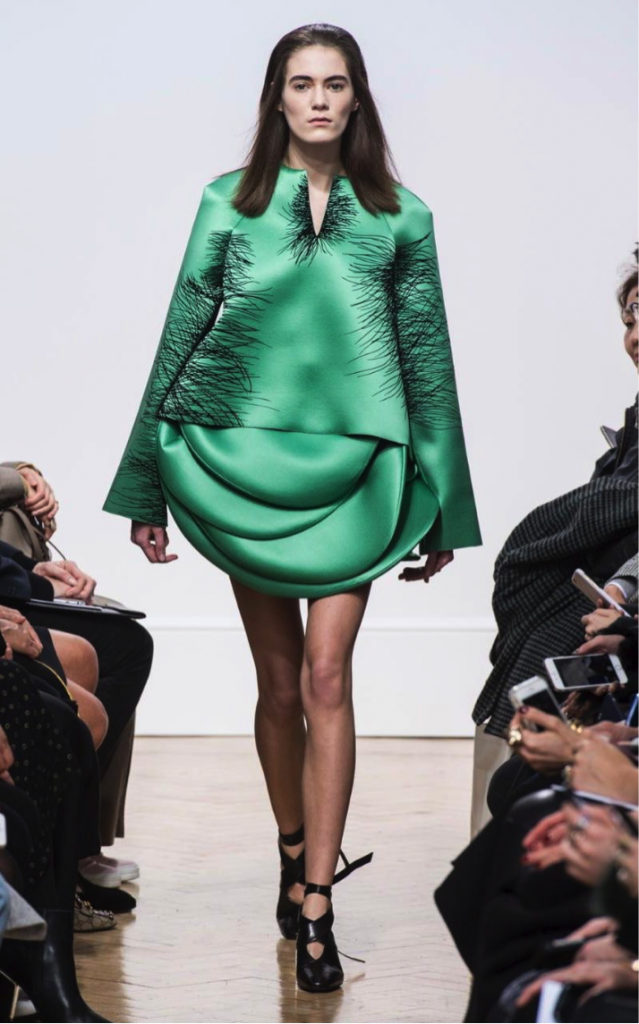
Anderson made a name for himself not long after graduating from the London School of Fashion in 2005, which was preceded only by a three-year stint in acting school in New York, cut short by Anderson’s realization that he didn’t actually enjoy the acting part. In 2008, he launched his own line (where his middle name comes in), and two years later J.W.Anderson was producing womenswear alongside menswear due to popular demand. Two years later Anderson was invited to do a collaboration with Topshop; and a year after that, he was appointed Creative Director of Loewe by Bernard and Delphine Arnault, the chairman of the LVMH Fashion group and his daughter. He’s done much to revamp the cultural imaginary of that fashion house so far: in addition to giving its bland textual logo a more elaborate yet sleek new icon of 4 mirrored ‘L’s, in addition to shifting the geographical association of the brand from old-timey Madrid to the up-and-coming Ibiza. In 2015, his interest in dismantling gender boundaries found a new medium — print, through a — and his 2016 collection dipped into social media, deep the normal Instagram and Twitter posts: his A/W16 Menswear collection was streamed exclusively through the gay hook-up app Grindr. Through his category-defying vision and millennial finesse, JW Anderson intends to liberate the discipline on all platforms from gender binaries and sex taboos, which he already considers to be an outdated conversation topic in fashion.
He sources his designs from all over space and time – from a Velazquez painting to an 18th century Irish tapestry- J.W.Anderson’s collections are so much a pastiche of alternative influences that’s impossible to fit them into the concepts and categories of contemporary fashion. They’re all ready light years ahead, extending way, way beyond the physical and conceptual limitations that clothing, on the high street as much as the runway, may carry. Tapping into what’s in his generational arms-reach, a big part of the brand is disseminated on Youtube, Facebook, and Twitter in the form of film pieces co-produced with each season of clothing. He refers to those films as a moving mood image, intended to make his vision multidimensional and accessible around the world.
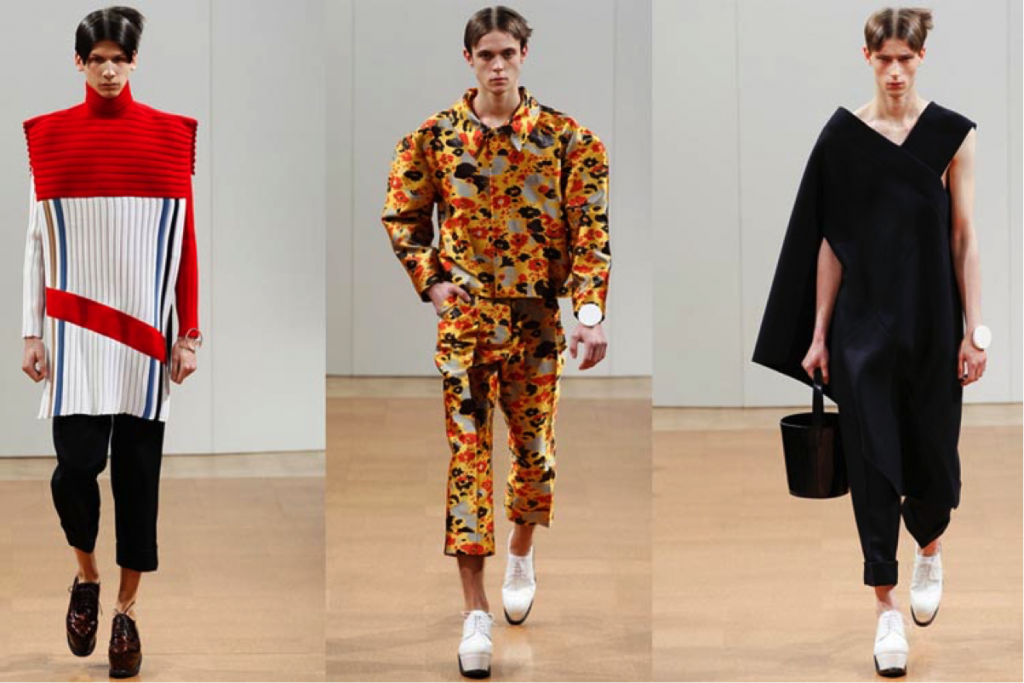
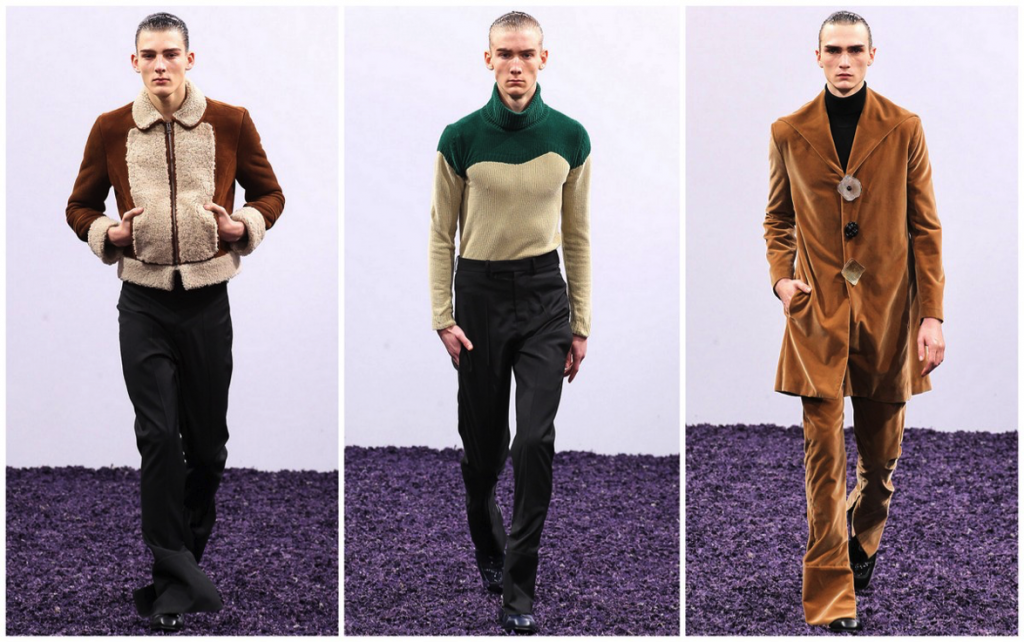
Sure, Anderson is not without his own crushing failures, such as his first collection debuted in an off-schedule show at London Fashion Week in September 2008. A spring/summer menswear collection featuring floppy fabrics, awkwardly toted bags, pyjama bottoms and lacey bathrobes posing as summer wear drew the kind of criticism so vicious that it made him consider giving up entirely on his passion. But the key to Anderson’s success is his buoyancy, his capacity to rise up and out of such brutal rejection in the short-term and immediately turn his attention towards the next budding project or idea. Perhaps it’s partly a generational thing, he seems to think. Perhaps, also, it could be traced back to the influence of his upbringing in Northern Ireland in the 1990s, with the terrorist-led Irish Republican Army (IRA) bringing violence, bombings, and fear to the North of the country, the UK and Europe – an exposure that left him crucially aware of how fragile and uncertain everything truly is, and to make the most of every chance and moment you have.
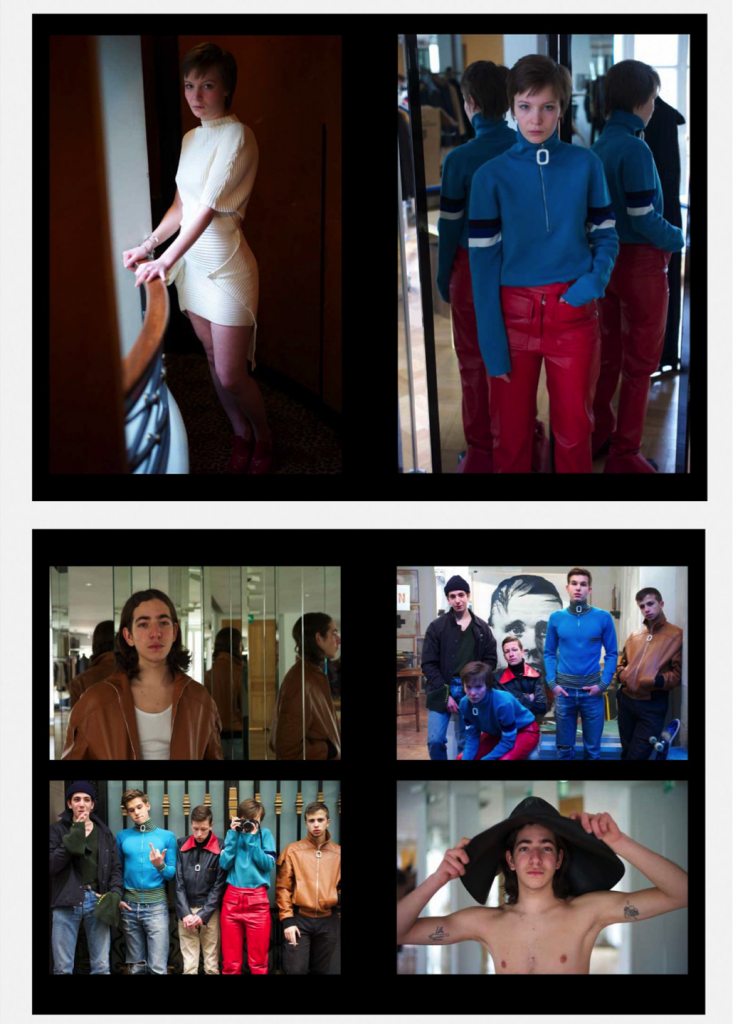
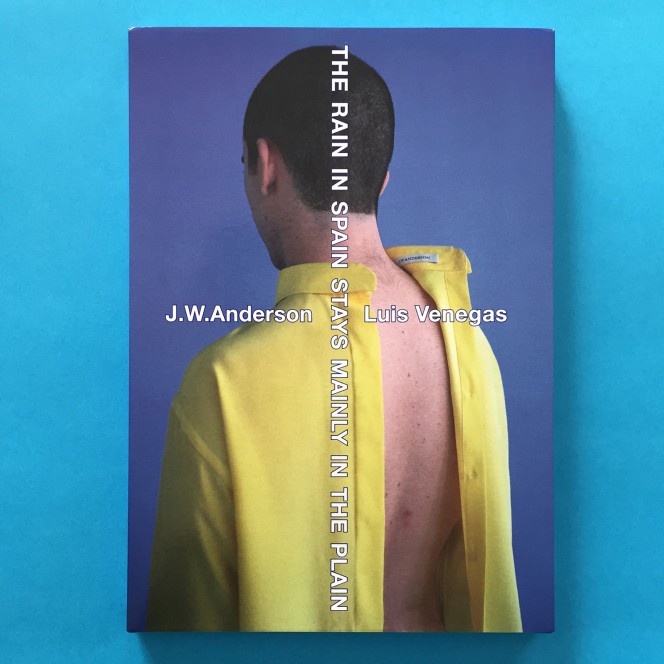
Despite his age, Anderson recognizes the accelerating pace of modern society, from digital communications to fashion trends, acknowledging that the aspects of his work which were vehemently attacked five years ago — that is, his capacity to see through socially-and professionally-inscribed boundaries of gender and heteronormativity to envision a new fashion culture that others had trouble recognizing even when it was presented to them in the flesh — are now appearing all over the runway: like lace on men, which was featured in the collections of big-name bosses like Gucci and Burberry in 2015. In any case, Anderson’s unparalleled drive and sociological-grade understanding of the states and stakes of the contemporary fashion world have one-upped the industry through a different platform, perhaps less widely credited or recognized as an advantage: Youth, and in some sense, Idealism.
